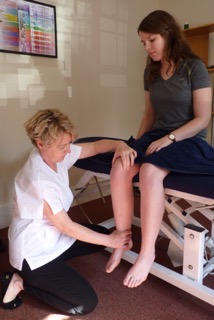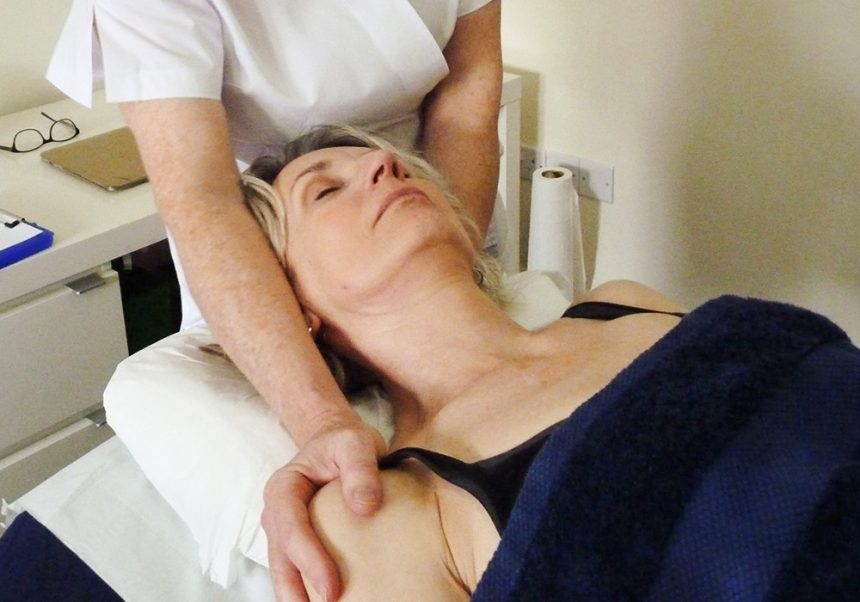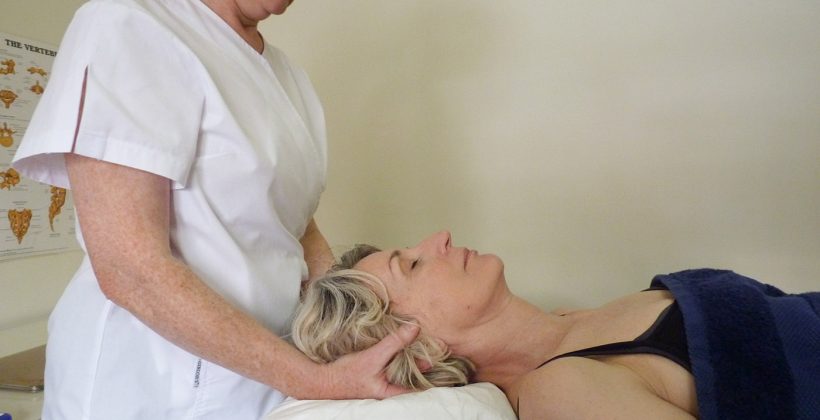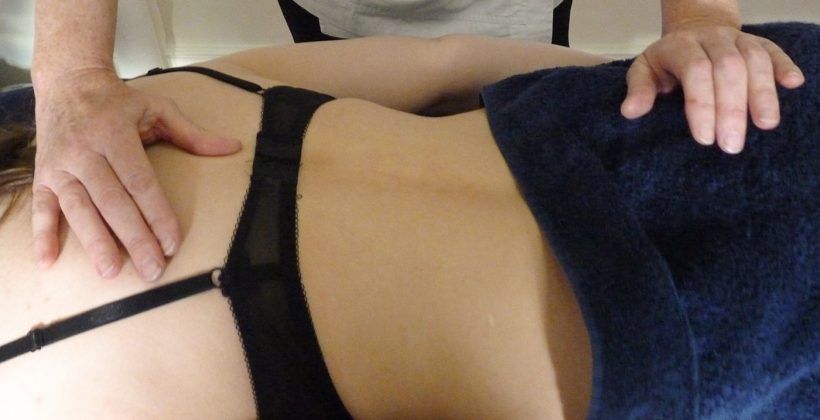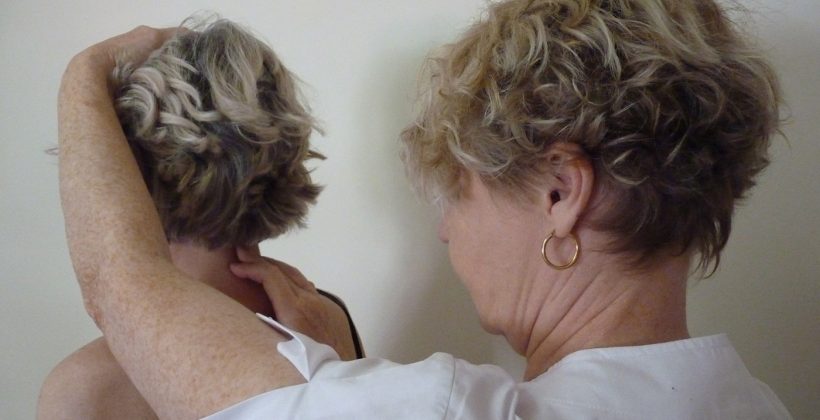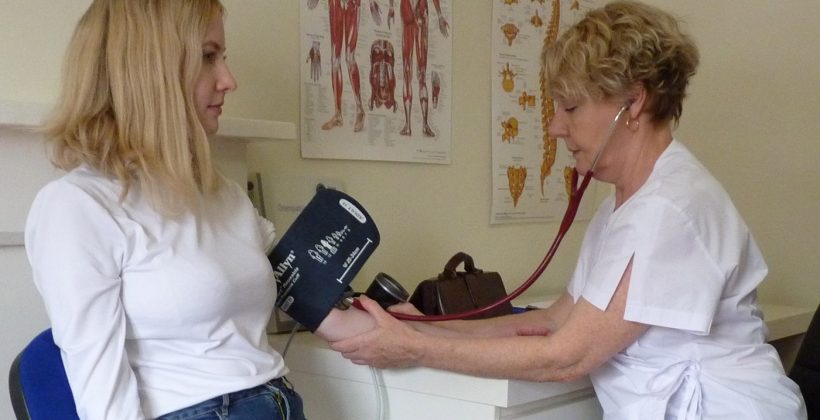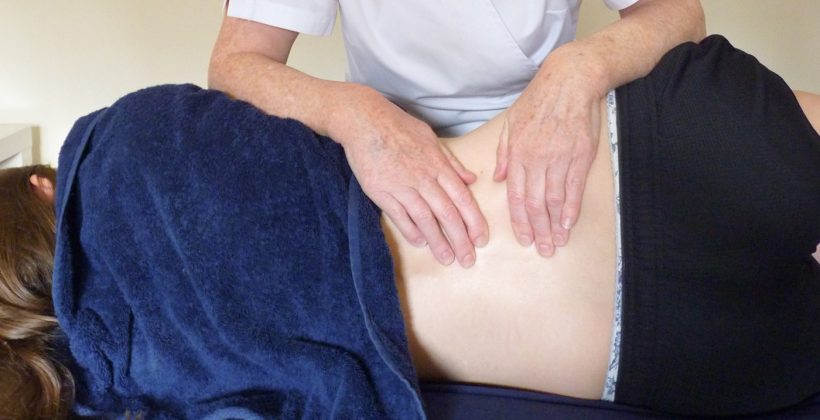Osteopathic medicine offers assessment, healing techniques and treatment plans with aftercare to help you achieve your optimal body health. It targets and treats the musculoskeletal framework, which includes the joints, muscles and spine. Its aim is to affect the mobility of joints, and encourage good function of the body’s nervous, circulatory and lymphatic systems to restore balance and optimal health. It uses the body’s own natural ability to heal and maintain itself, to help restore function, relieve pain, promote recovery and enhance well being.
“Osteopathy is a gentle and effective hands-on approach to healthcare, based on the principal that the way your body moves influences how it functions.”
(Institute of Osteopathy)
Osteopathy for all
Osteopaths treat people of all ages and all life’s stages, so find out how Osteopathy can work for you. It can be affective for every lifestyle, from the most active (e.g. manual workers, sports players) to the most sedentary (office workers and people with limited mobility).
Osteopathy works
Osteopathy is proven to be affective in the assessment, diagnosis, treatment and prevention of a wide range of health problems. Osteopaths are well known for treating back pain and postural problems. NICE (National Institute of Clinical Excellence) guidelines (NICE, 2009) recommend manipulative therapies (including Osteopathy) for treating low back pain. However, patients have found that osteopathic techniques can ease the symptoms of a wide range of conditions including joint pain, neuromuscular disorders, circulatory problems, digestive conditions, cervicogenic headaches and many others. As part of the thorough case history taking and assessment process, Osteopaths are trained to screen patients for serious conditions that they cannot treat and may (with your permission) refer to your GP for further treatment or investigations.
Osteopathic Treatment
Your treatment plan will be unique to you. Osteopathic Treatments are different for each individual patient, depending on your age, condition and diagnosis. A unique treatment plan will be tailored to you on your visit to Severn Osteopathy Clinic.
Osteopaths use a combination of methods including stretching, articulation (movement), targeted deep tissue massage and manipulation of joints or gentle cranial or fascial techniques. They may advise on after care, including postural tips, stretching or exercises and recommendations for prevention of recurrence of the problem.
History of Osteopathy
Osteopathy was founded in the late 1800s by Andrew Taylor Still, physician and surgeon. He believed in holistic health, that all parts of the body must work harmoniously together in order to achieve optimum balance and wellbeing.
Osteopathy profession
Osteopaths are highly trained professionals, recognized by the NHS as qualified and competent to diagnose and treat independently. (A small percentage of Osteopaths work in an NHS setting.) You do not need a referral from your doctor to be seen by an Osteopath.
Osteopaths are trained to degree level and have studied for 4 years full time or 5 years part time, which includes a minimum of 1000 hours of patient contact hours.
They receive either a BOst (BSc in Osteopathy or a MOst (Masters in Osteopathy) degree which is similar to a medical degree but with the emphasis being on musculoskeletal medicine and anatomy. Additionally, they are required to regularly expand their knowledge and skills through mandatory continued professional development. (Minimum 30 hours per year)
All Osteopaths must by law register with the General Osteopathic Council who have a strict code of professional practice. Currently there are around 30,000 osteopathic consultations every working day and approximately 5300 osteopaths on the UK Statutory Register (General Osteopathic Council).
Osteopaths often work alongside other medical healthcare professionals and clinicians, including G.P.s, acupuncturists, podiatrists etc. Osteopathy successfully compliments other interventions such as surgery and prescribed medications.
